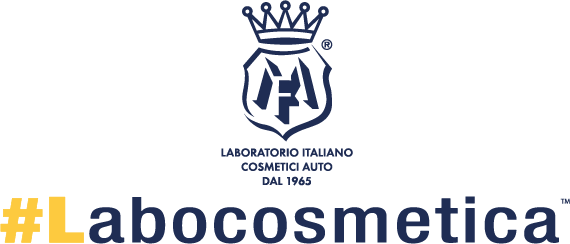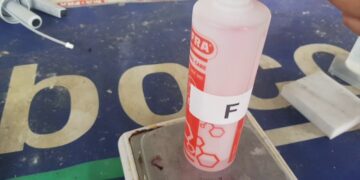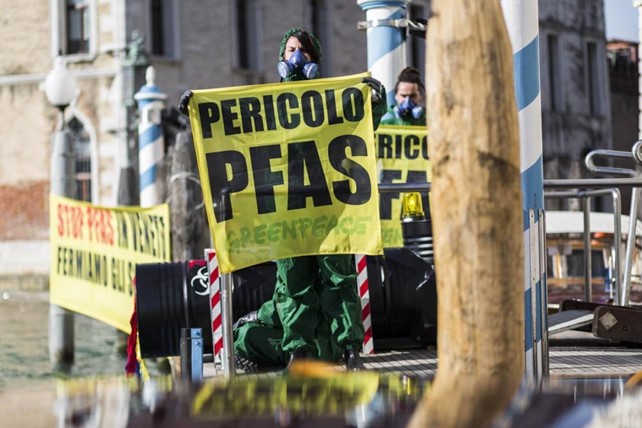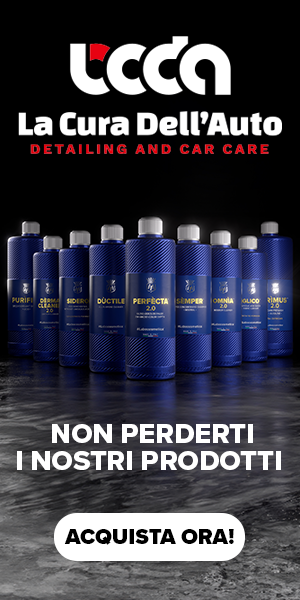PFAS, also known as "eternal chemicals," are a group of chemical compounds widely used in consumer and industrial products that can cause serious health hazards. Labocosmetica is committed to protecting its customers by using alternative raw materials that offer the same performance without the hazards associated with PFAS.
Impact of PFASs on human health
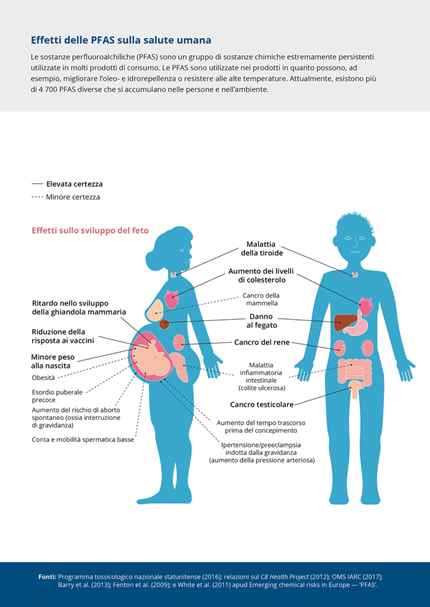
Exposure to PFASs has been associated with a range of adverse human health effects. Studies have suggested that exposure to high levels of certain PFASs may contribute to immune system dysfunction, endocrine disruption, increased risk of certain cancers, and possible impacts on cognitive and neurobehavioral development in children. Research has also shown associations between PFAS exposure and increased cholesterol levels, alterations in the liver and thyroid, and effects on the reproductive system. Although more research is needed to fully understand the health implications of different levels of exposure to various PFASs, current evidence suggests that these chemicals may pose a significant risk to human health.
Alternatives to PFASs in consumer products
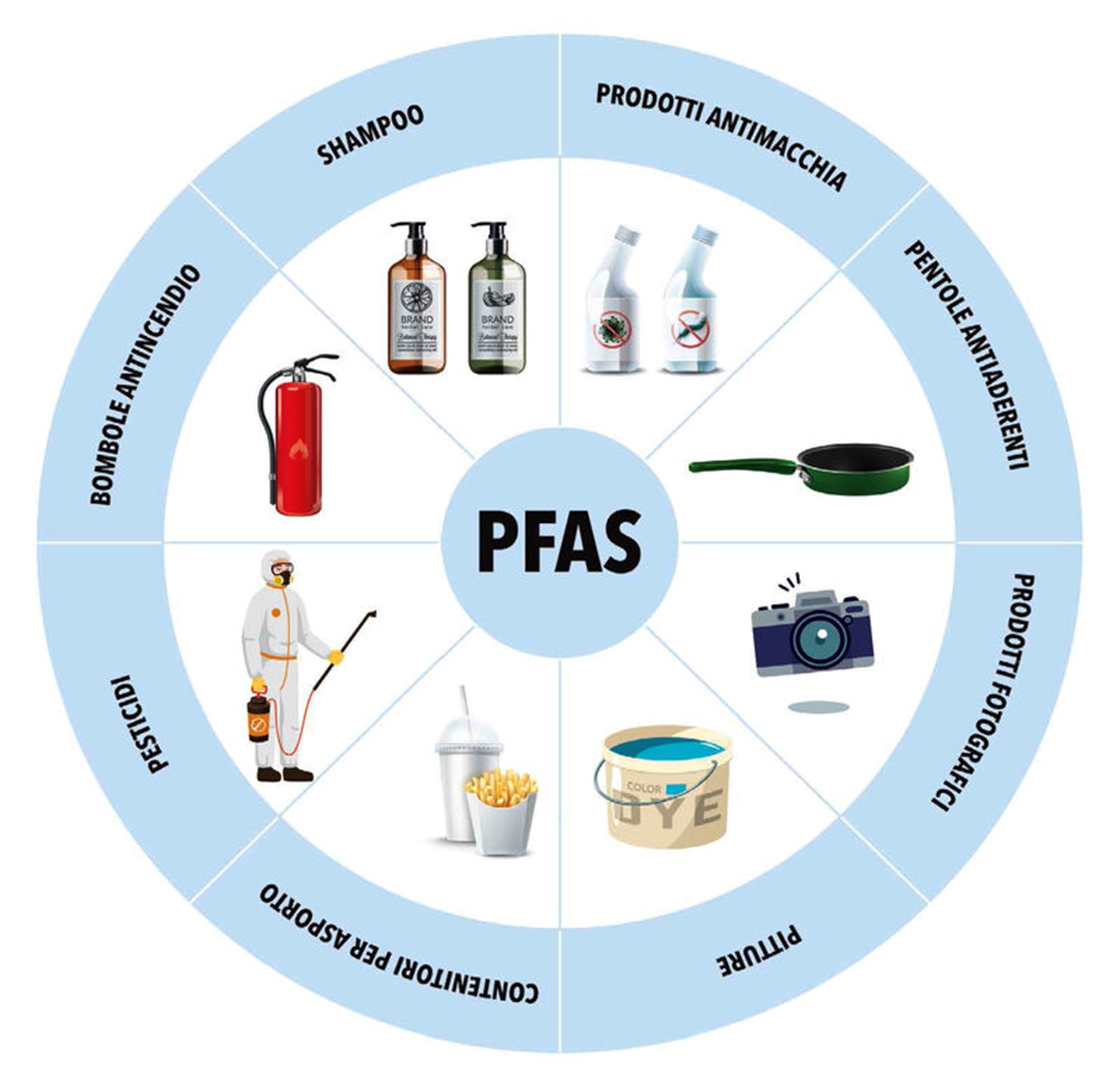
As the industry strives to phase out the use of PFAS, innovative companies like Labocosmetica are leading the change by adopting safer alternatives that offer similar performance. Labocosmetica stands out for its commitment to not using PFAS in its products, opting instead for substances that provide excellent results without compromising consumer health or the environment.
Finding suitable substitutes for PFAS is a challenge both in terms of performance and cost.
However, the latest update of the EU REACH regulation bans the production or placing on the market of PFOA as a substance, prompting companies to look for alternatives. Some manufacturing firms have planned to reduce production and replace PFOA and PFOS with shorter-chain compounds that have a reduced persistence in the environment, measurable in a few tens of days.
Although the full list of alternatives to PFASs used in consumer products is not widely available, there are ongoing efforts to develop and adopt safer options. These may include the use of natural materials with similar properties, such as waxes and oils, or the development of new synthetic compounds that degrade more rapidly and have less impact on human health and the environment.
As awareness of the risks associated with PFAS grows, it is likely that we will see an acceleration in the research and adoption of safer alternatives in a wide range of products.
Regulation of PFAS at the federal and state levels.
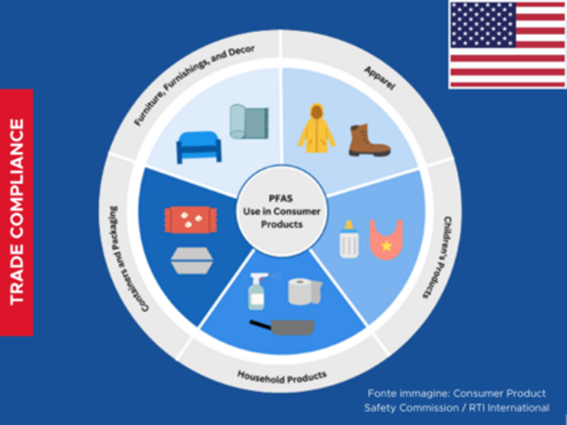
In the United States, the EPA (Environmental Protection Agency) recently introduced for the first time a legally enforceable limit for PFAS in drinking water, which is estimated to reduce exposure for about 100 million people.
This is part of a larger government action plan to combat PFAS pollution.However, the U.S. Department of Defense has expressed concerns about PFAS restrictions, saying they are critical to many sectors, including the military and industry. Industrial lobbies have rallied against stricter regulations, arguing that an approach based only on chemical structure is not scientifically sound.In Europe, the update of the REACH regulation on PFASs has been postponed until after the 2024 elections, partly as a result of pressure from some political leaders. In Switzerland, based on EFSA assessments, maximum levels for some PFASs in certain foods and revised values for drinking water are intended to be introduced in 2024.
Labocosmetica's HPC 2.0 and HPC PRO Coating: The Power of Polysiloxanes and Polysilazanes
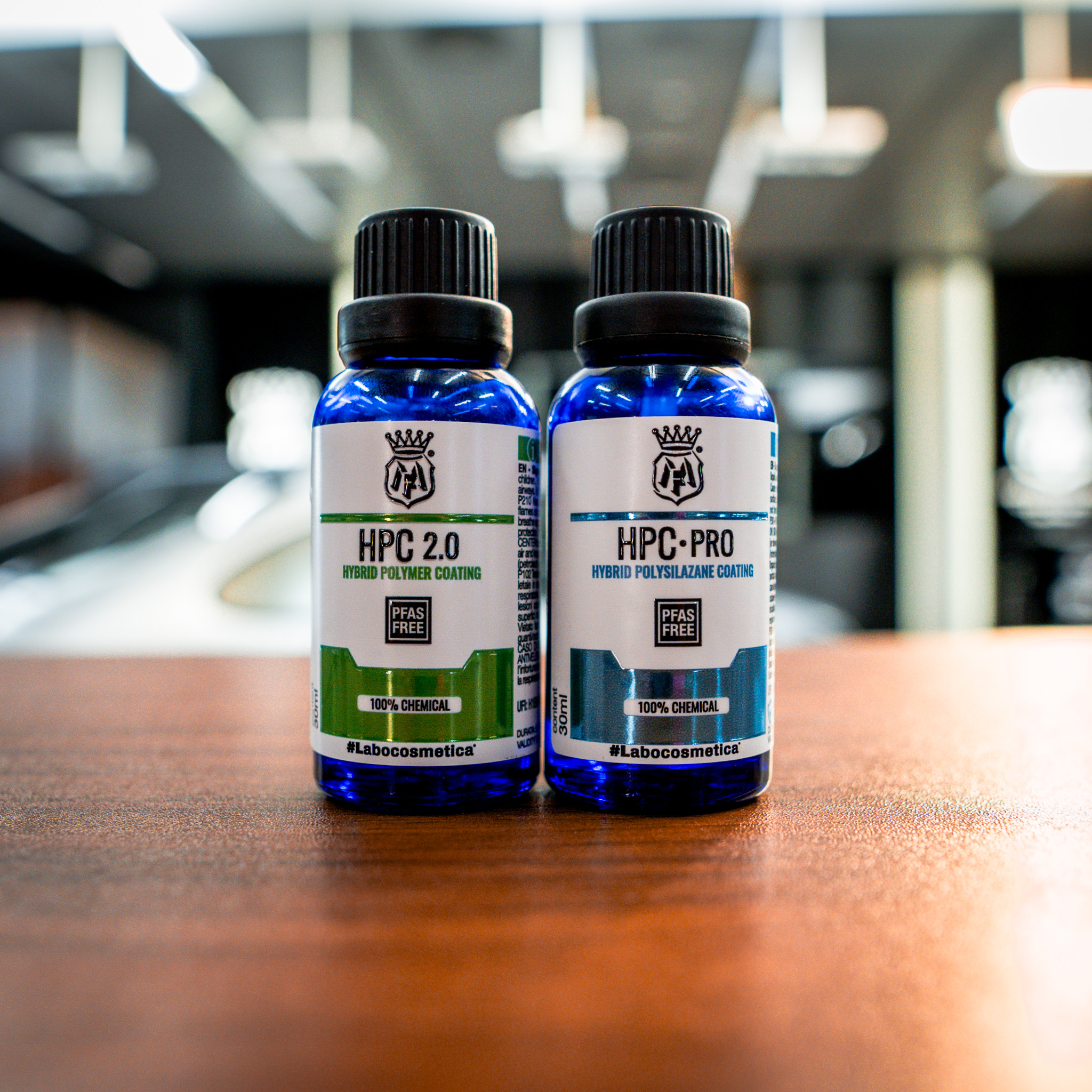
Labocosmetica stands out in the landscape of high-tech automotive surface protection products through the innovative use of both polysiloxanes and polysilazanes in its HPC 2.0 and HPC PRO coatings. These polymers offer a safe and high-performance alternative to traditional fluorinated compounds such as PFAS, meeting the growing need for sustainability and high performance in the automotive industry.
Composition of Coating
- HPC 2.0: Uses polysiloxane technology, polymers characterized by a repetitive structure of silicon and oxygen (-Si-O-Si-) atoms. This configuration gives the coating unique properties of hydrophobicity and flexibility, ideal for versatile surface protection.
- HPC PRO: Incorporates polysilazanes, polymers based on a silicon-nitrogen structure that, during the crosslinking process, form a highly durable ceramic layer with Si-N bonds. This structure offers exceptional protection and advanced chemical resistance.
Advantages and Peculiarities of Polysiloxanes and Polysilazanes
- Superior hydrophobicity:
- HPC 2.0: Using polysiloxanes, the coating creates an extremely hydrophobic surface that effectively repels water, reducing the risk of water stains and facilitating cleaning.
- HPC PRO: With polysilazanes, the hydrophobic property is further enhanced, offering long-lasting protection even in high humidity, keeping automotive surfaces free of contaminants.
- Chemical and Environmental Resistance:
- HPC 2.0: Polysiloxanes give the coating remarkable chemical resistance, protecting surfaces from damage caused by aggressive agents and contaminants.
- HPC PRO: Polysilazanes, with their ceramic toughness, provide superior protection against environmental degradation, UV radiation, and chemical exposure, ensuring that the coating retains its protective properties over time.
- Flexibility and Durability:
- HPC 2.0: Polysiloxanes allow the coating to adapt to the movement and expansion of automotive surfaces, maintaining its integrity and offering continuous protection.
- HPC PRO: The ceramic structure of polysilazanes provides exceptional hardness and thermal stability, making the coating ideal for protecting surfaces against wear and abrasion, even under extreme conditions.
- Safe and Sustainable Profile:
- Polysiloxanes (HPC 2.0) and Polysilazanes (HPC PRO): Both polymers contain no fluorinated bonds, and do not fall into the category of PFAS ("forever chemicals"). This makes them an environmentally responsible choice over PFAS and other fluorinated compounds. They do not accumulate in the environment or in living organisms, offering effective protection without negative impacts on human and environmental health.
- Ease of Application:
- HPC 2.0: Thanks to polysiloxanes, this coating is designed for easy application, allowing professional results to be achieved with less effort.
- HPC PRO: With polysilazanes, the application process provides a durable, high-quality finish suitable for both professional detailers and car enthusiasts seeking maximum protection.
Substantial Differences between PFAS and Polysiloxanes/Polysilazanes.
Labocosmetica's coatings, with their innovative technology, provide a safe and high-performance alternative to PFAS, also known as "forever chemicals" due to their environmental persistence and to fluorinated compounds in general.
Chemical Structure:
- Polysilazanes (HPC PRO): These polymers are silicon-based compounds and form a ceramic network of Si-N bonds, whereas PFASs are characterized by carbon-fluorine bonds. The absence of fluorinated compounds in polysilazanes ensures that they do not fall into the PFAS category, thus avoiding the problems associated with their environmental persistence.
Environmental and Health Profile:
- Polysiloxanes and Polysilazanes: Unlike PFAS and other fluorinated compounds, these polymers do not persist in the environment or accumulate in living organisms. This makes them a safer alternative for hydrophobic coatings, significantly reducing risks to the environment and human health.
Durability and High Performance:
- Polysilazanes (HPC PRO): During crosslinking, polysilazanes form a highly stable network of Si-N bonds, offering excellent resistance to environmental degradation, UV radiation, and chemical exposure. The resulting ceramic layer is highly hydrophobic and durable, improving ease of cleaning and surface protection.
Organic and Non-Organic Polysilazanes:
- HPC PRO: Labocosmetica's formulations incorporate both organic and non-organic polysilazanes, contributing to the products' superior performance. Organic polysilazanes, with carbon-silicon bonds, offer flexibility and ease of application, while non-organic polysilazanes form a rigid and durable ceramic layer known for its extreme hardness, thermal stability, and chemical and abrasion resistance.
By integrating both types of polysilazanes, Labocosmetica products such as HPC PRO achieve a perfect balance between flexibility and durability, making them the best performing coatings on the market. This approach ensures that the coatings are not only incredibly durable, but also provide long-lasting protection and superior hydrophobic properties without the environmental and health concerns associated with PFAS and fluorinated compounds.
Advanced Technology in Labocosmetica's Coatings
By integrating polysiloxanes in the HPC 2.0 coating and polysilazanes in the HPC PRO coating, Labocosmetica has developed solutions that not only offer top-level protection, but do so in a sustainable manner. The synergy between these two polymers ensures that the products offer excellent protection against wear and environmental damage, while maintaining an environmentally friendly and safe profile.
